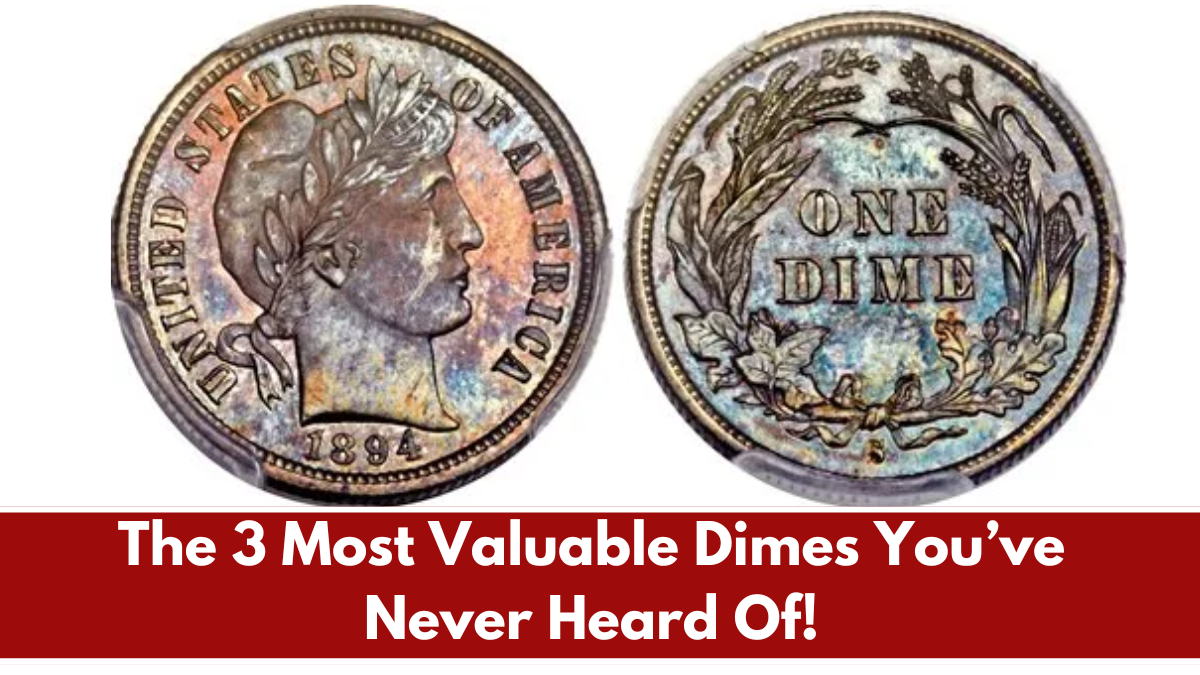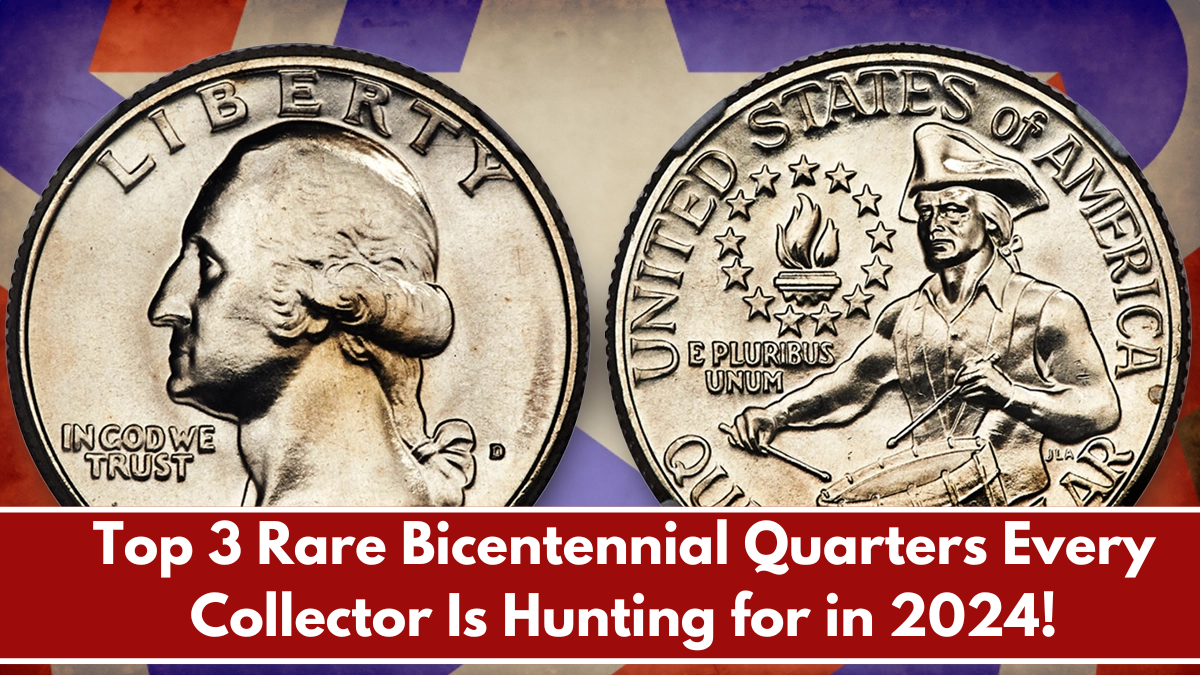The Bicentennial Quarter, released in 1976, was part of a special set of coins commemorating the United States’ 200th anniversary. While the quarter itself is often overlooked, certain variations and errors have made some Bicentennial Quarters incredibly valuable to collectors. If you’re a coin enthusiast, you’ll want to be on the lookout for these rare and valuable Bicentennial Quarters that are shaking up the coin market in 2024.
1. 1976-S Proof Bicentennial Quarter
The 1976-S Proof Bicentennial Quarter is one of the most sought-after coins in the set. This special proof quarter was minted at the San Francisco Mint and has a high-quality finish, with sharp details and a reflective surface. What makes this coin valuable is its limited mintage—just over 4 million were produced, making it a rare find. In pristine condition, this coin can be worth anywhere from $10 to $100 or more, depending on the grade. Proof coins like this one are often prized by collectors due to their stunning finish and historical significance, especially as they celebrate the nation’s bicentennial.
2. 1976-D Bicentennial Quarter (No Mint Mark Variety)
The 1976-D Bicentennial Quarter, which was minted in Denver, is another coin to keep an eye out for. Most of these quarters bear the “D” mintmark, signifying they were minted in Denver. However, a few 1976-D quarters were released without the mint mark—making them a rare find among collectors. These unmarked coins are highly sought after because of the error, which was the result of a production mistake. Their value can range from $50 to $200, depending on their condition and rarity. The no mint mark variation continues to be a highlight for serious coin collectors, often fetching higher prices at auctions.
3. 1976 Bicentennial Quarter with Clashed Die Error
A particularly rare and valuable error coin, the 1976 Bicentennial Quarter with a clashed die has become a prized possession among collectors. This error occurs when the dies used to strike the coins clash with each other, causing part of the design from one die to be transferred onto the other. The 1976 Bicentennial Quarter featuring this die clash has portions of the reverse design imprinted on the obverse, making it an incredibly unique and rare find. Clashed die errors can fetch anywhere from $100 to $500 or more, depending on the severity of the error and the condition of the coin.
While Bicentennial Quarters are generally considered a part of standard coinage, certain rare variations and errors have made them highly valuable in the world of numismatics. The 1976-S Proof Bicentennial Quarter, the 1976-D Bicentennial Quarter (No Mint Mark), and the 1976 Bicentennial Quarter with a clashed die error are just a few examples of rare coins that can fetch impressive amounts of money in 2024. If you’re a collector, these coins should be at the top of your radar.
FAQ’s:
1. What makes the 1976-S Proof Bicentennial Quarter valuable?
The 1976-S Proof Bicentennial Quarter is valuable because of its limited mintage and high-quality finish, making it a highly sought-after coin for collectors.
2. How rare is the 1976-D Bicentennial Quarter with no mint mark?
The 1976-D Bicentennial Quarter without the mint mark is rare because most coins from the Denver Mint bear the “D” mint mark, making these error coins highly collectible.
3. What is a clashed die error, and why is it significant?
A clashed die error occurs when the dies used to strike the coin collide, leaving part of the reverse design on the obverse. This error is highly collectible due to its uniqueness.
4. Can I sell my Bicentennial Quarters for a good price?
Yes, depending on their rarity, condition, and any errors they may have, your Bicentennial Quarters could fetch a high price, particularly if you have one of the rare varieties.
5. How do I know if my Bicentennial Quarter is valuable?
You can have your coin appraised by a professional numismatist, or you can look for key features like mint marks, proof finishes, or errors that make the coin stand out as rare.













